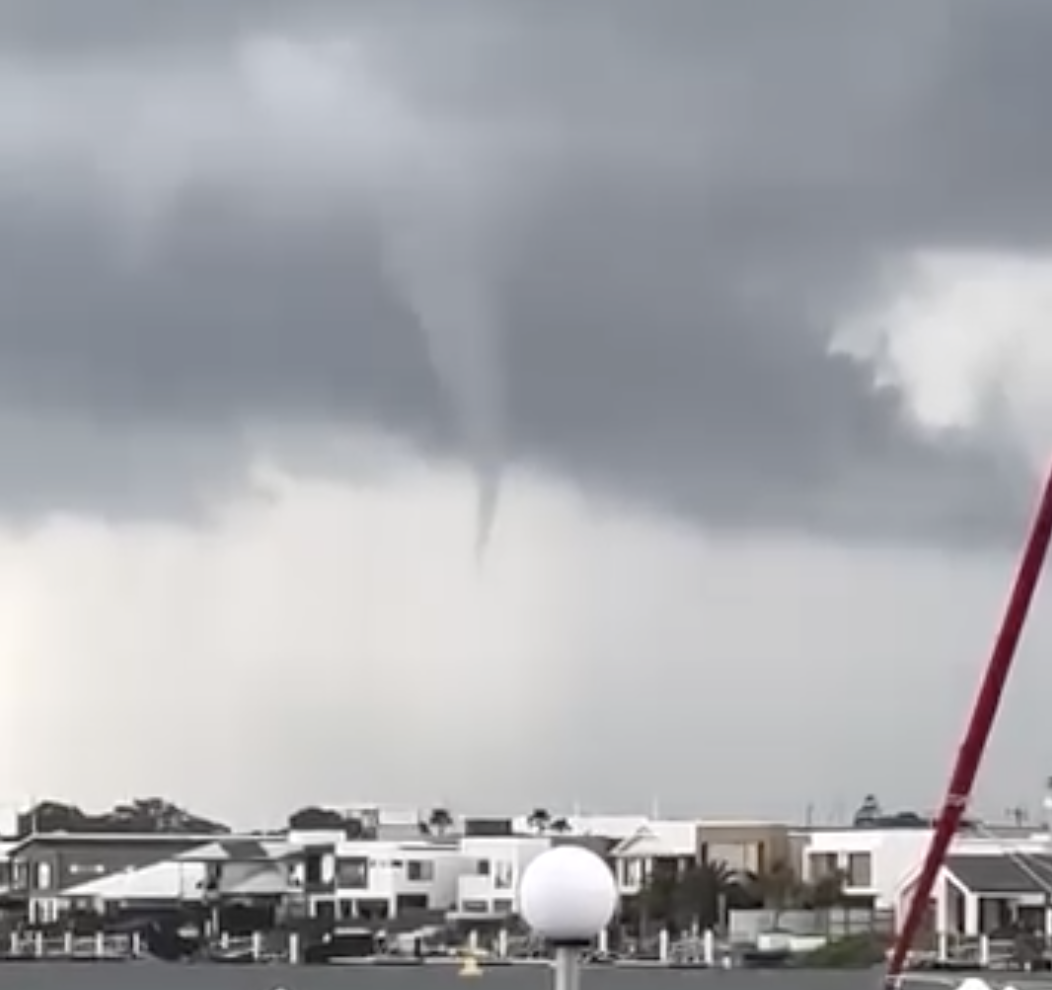Heavy rain and thunderstorms soaked parts of southeast Qld on Monday into Tuesday morning, with the unstable weather even causing a waterspout in Moreton Bay.
Moisture-laden easterly surface winds feeding into a colder pool of air aloft caused ideal conditions for storms in southeast Qld on Monday.
While a few storms developed late on Monday morning, things really took off in the afternoon as warmer air near the ground added extra energy to the atmosphere.
By 1pm AEST on Monday, storms were stretching around 300 km across southeast Qld. One of the early-afternoon storm cells produced an impressive waterspout over Moreton Bay to the northeast of Brisbane.
Video: Waterspout spotted over Moreton Bay on Monday, March 4, 2024. Source: @toniempringham / Instagram
The rain and storms continued into Monday afternoon and evening, with multiple slow-moving thunderstorms forming to the west of the Sunshine Coast.
This barrage of storms produced more than 200 mm of rain over parts of the Sunshine Coast Hinterland. During the 24 hours to 9am on Tuesday, 255 mm was recorded at Poona Dam, 225 mm at West Woombye and 205 mm at Eerwah Vale.
Total Lightning Network detected around 296,000 lightning strikes within 300 km of Brisbane during the 24 hours ending at 9am on Tuesday.

Image: Thunderstorms over southeast Qld on Monday afternoon.
There may be a few more showers and thunderstorms over northern, central and southeast Qld on Tuesday, although storms are not likely to be as intense as they were on Monday for the state’s southeast.
To find out more about our marine services, please email us at apac.sales@dtn.com.






